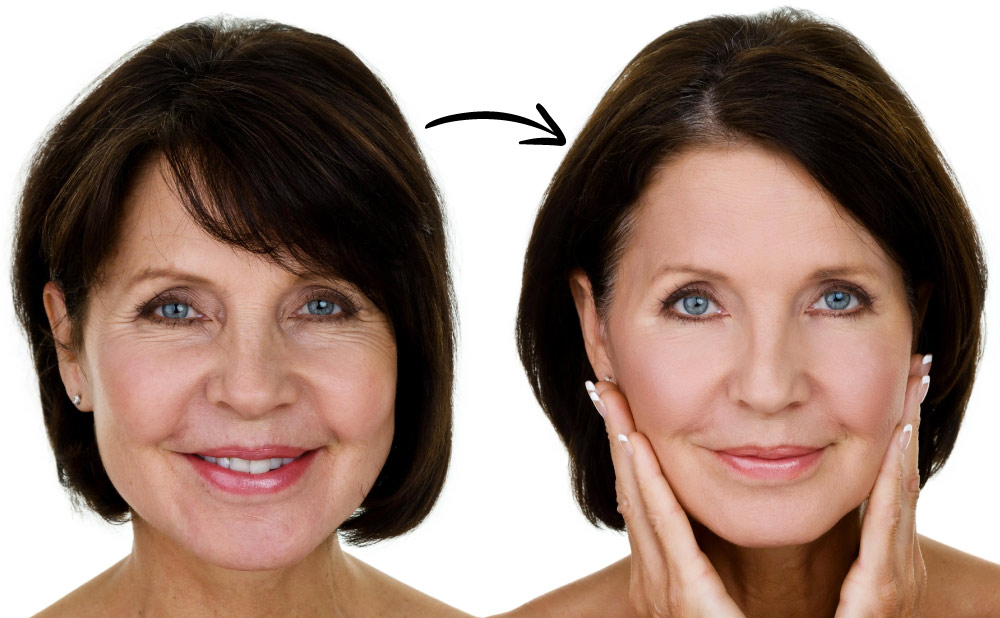
Full facelift vs lower facelift is one of the most searched surgical procedures nowadays. While they both aim to rejuvenate the face, they target different areas and, therefore, address specific concerns. Which surgery to choose depends on the individual needs, desires and anatomy. Let’s first discover each operation’s details and then highlight their differences!
Full Facelift Operation
So, what is a full facelift operation and why do so many people consider this surgery? A full facelift surgery is a comprehensive procedure that targets the entire face, including the forehead, midface, lower face and neck. So, it addresses multiple areas for a balanced and youthful look. A full facelift operation can provide smoothened forehead wrinkles, tightened and lifted cheeks, reduced nasolabial folds, a defined jawline and a tightened neck. The sagginess and the signs of aging can be corrected with a full facelift. It is ideal for people seeking significant improvement on their entire face. It can address multiple aging signs and provide dramatic, long-lasting results.
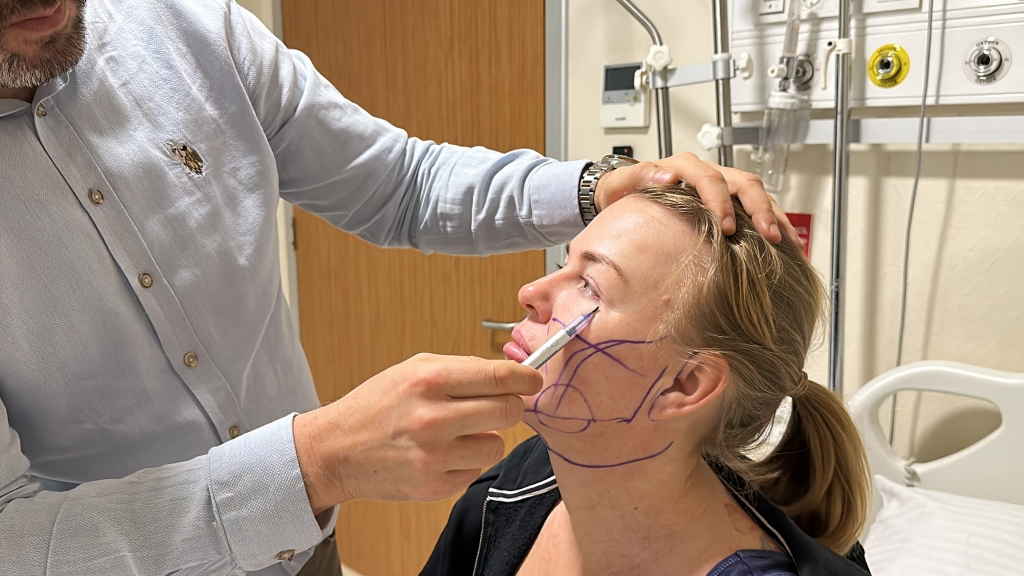
How are the incisions made during a full facelift? The incisions typically made along the hairline continue around the ears and end in the lower scalp. Therefore, the incision sites are hidden and not easily recognizable. Also, an additional incision may be necessary under the chin. Some people can also prefer to have eyelid surgery or a brow lift during the full facelift operation. These operations can improve the overall results and give a more youthful and refreshed appearance.
How long does a full facelift operation take and is there an age limit for a full facelift? A full facelift operation typically takes 3 to 6 hours, depending on the complexity of the procedure. While the procedure has no specific age limit, many full facelift patients are generally in their 40s to 70s. According to the American Society of Plastic Surgeons’ report, 45+ patients were most likely to request facelift and eyelid surgery. However, the suitability actually depends on the skin condition and overall health rather than the age.
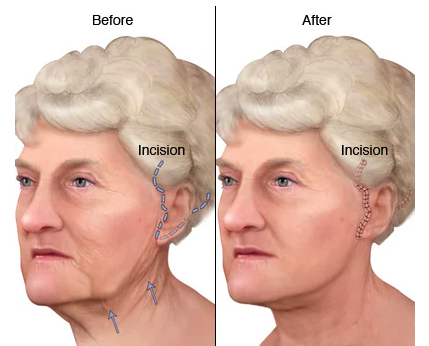
Lower Facelift Operation
So, what is a lower facelift operation and who should choose the procedure? A lower facelift procedure is a plastic surgery operation that targets the lower parts of the face, namely jawline, jowls, nasolabial folds and upper neck. The procedure helps to reduce sagging skin by tightening it and removing excess fat. During the operation, incisions are typically made around the ears and around the back of the head. If you are asking if there will be visible scars after a lower facelift, the incisions are strategically placed to conceal in the natural skin folds and hairlines. As the underlying tissues and muscles are repositioned, you can have a more contoured and youthful appearance. The procedure’s effects can last several years; however, please note that it does not stop the natural aging process.
How long does the lower facelift operation take? The procedure typically takes 2 to 4 hours. The duration depends on the patient’s age, anatomy, skin condition, desired results, technique used, and surgeon’s experience. So, in a nutshell, a lower facelift operation is suitable for individuals with sagging skin on the lower part of their face but who do not need or want a full facial lift.
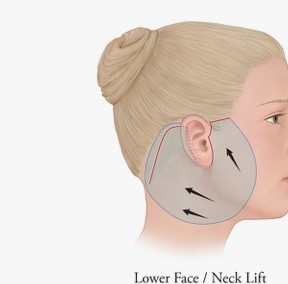
Full Facelift vs Lower Facelift
What are the main differences between a full facelift vs lower facelift? Firstly, while a full facelift targets the entire face, including the forehead, cheeks, jawline and neck, a lower facelift exclusively focuses on the bottom third of the face, such as jowls, jawline, deep nasolabial folds, and the upper neck. So, while a lower facelift offers a more localized approach, a full facelift is much more comprehensive, targeting both the upper, mid, and lower face. As a result, a full facelift can yield more dramatic results than a lower facelift operation. However, when comparing a full facelift vs lower facelift, it is essential to note that a full lift requires longer surgery and recovery time as it is more invasive.
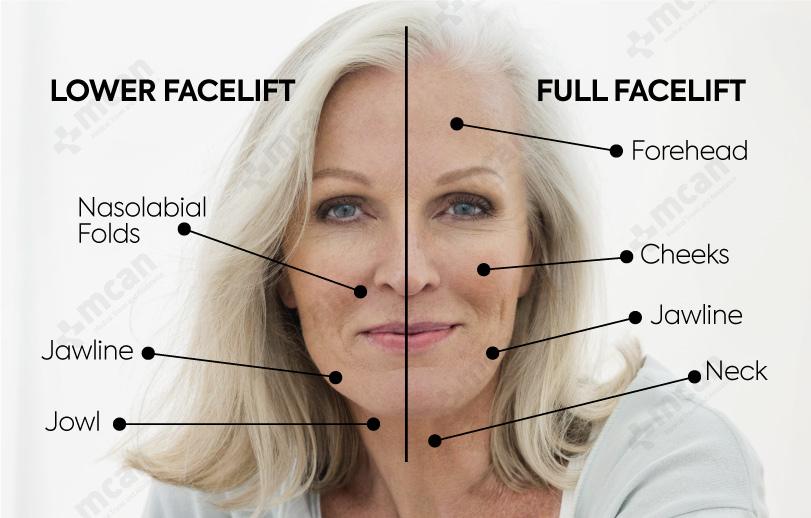
How do the incisions change during a full facelift vs lower facelift? As full facelift targets more areas, incisions are more extensive. They often start at the temples, extend around the ears and continue down to the scalp. Thanks to these incisions, the surgeon can access a larger portion of the face and can comprehensively lift and tighten the skin. For a lower facial lift, the incisions are typically shorter and more confined. They usually begin around the ears and extend the hairline slightly. This intervention is sufficient for addressing the saggy skin on the lower face, but it limits the surgeon’s ability to treat other areas. Due to shorter incisions, the surgery and the recovery time of a lower facelift are also quicker.
In summary, the full facelift’s results are more extensive and long-lasting. The results can last for a decade as the nature of the surgery makes sure that multiple aging signs are treated. A lower facelift, on the other hand, offers a smooth and youthful appearance, but the effects may not last as long as those of a full facelift. However, as it is less invasive and targets specific areas, it can be suitable for people who want to address specific aging concerns without undergoing an extensive operation.
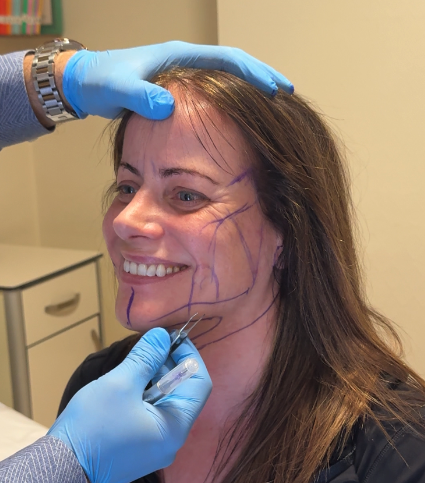
When discussing facelifts, it’s also necessary to understand the differences between specific techniques, such as the deep plane facelift vs the SMAS facelift. The deep plane facelift aims at the midface, jawline, and neck and it repositions the deeper facial tissues beneath the muscle layer. As it doesn’t only focus on superficial layers and goes beyond them, it provides a more comprehensive enhancement. This allows for more natural and long-lasting results. The SMAS (Superficial Musculoaponeurotic System) facelift addresses the lower two-thirds of the face, such as the cheeks, jawline and neck. The aim is to tighten and lift the tissue layer beneath the skin and above the muscle.
So, what are the differences between the SMAS Facelift vs Deep Plane Facelift? Well, while both techniques offer youthful results, their aims are somehow different, and suitability may vary according to your needs and desires. Deep plane facelift goes beyond the SMAS layer and, therefore offers more drastic improvement than the SMAS facelift. It is a more comprehensive operation. However, the recovery time can be longer than the SMAS facelift. So, while deep plane facelift offers a transformative outcome for significant sagging, SMAS facelift is effective for moderate improvement and quicker recovery.
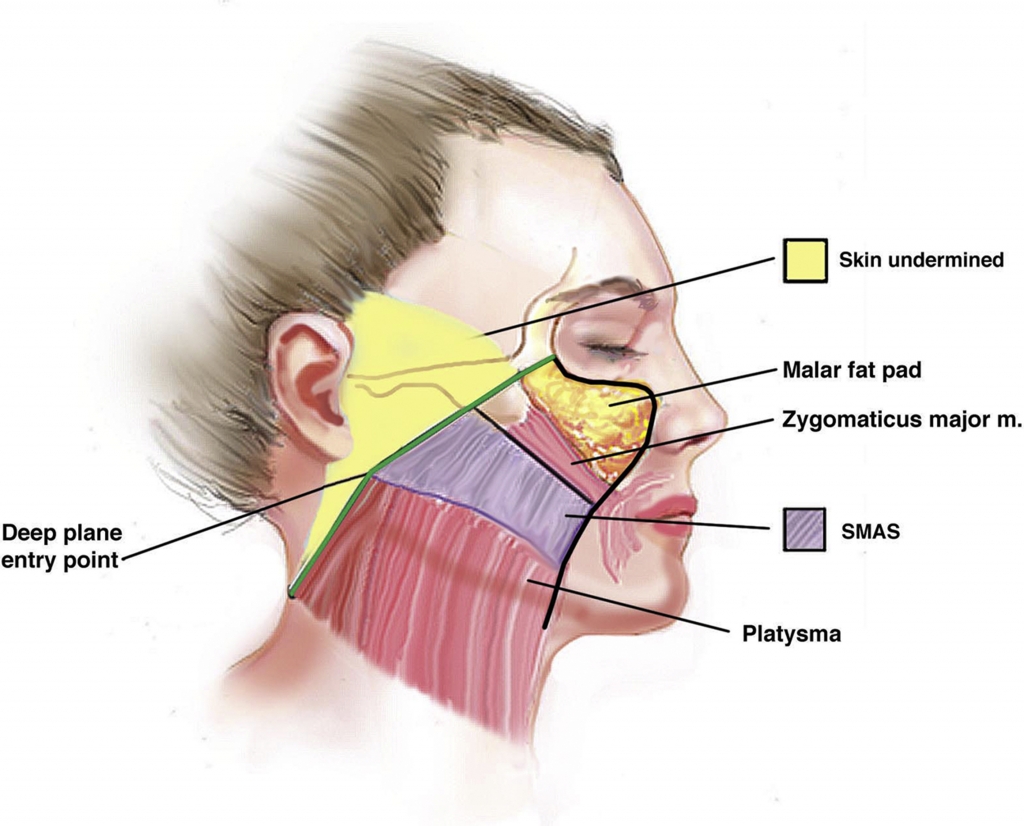
Is the Neck Lift included in the Full Facelift and Lower Facelift?
So, will you get a neck lift during a full facelift vs lower facelift? While a neck and lower facelift can be used interchangeably sometimes, there are differences between the two of them. While the neck lift specifically targets the neck region and helps to remove the neck bands and eliminate excess fat under the chin, the lower facelift focuses on the jawline, nasolabial folds, jowls, and upper neck. Incisions are typically made under the chin and around the ears during a neck lift. For lower facelifts, incisions are placed around the ears and may extend down the hairline. So, lower face lifts provide a rejuvenated appearance on the lower face, jawline, and upper neck. A neck lift, on the other hand, provides a firmer and smoother neck with a more defined chin.
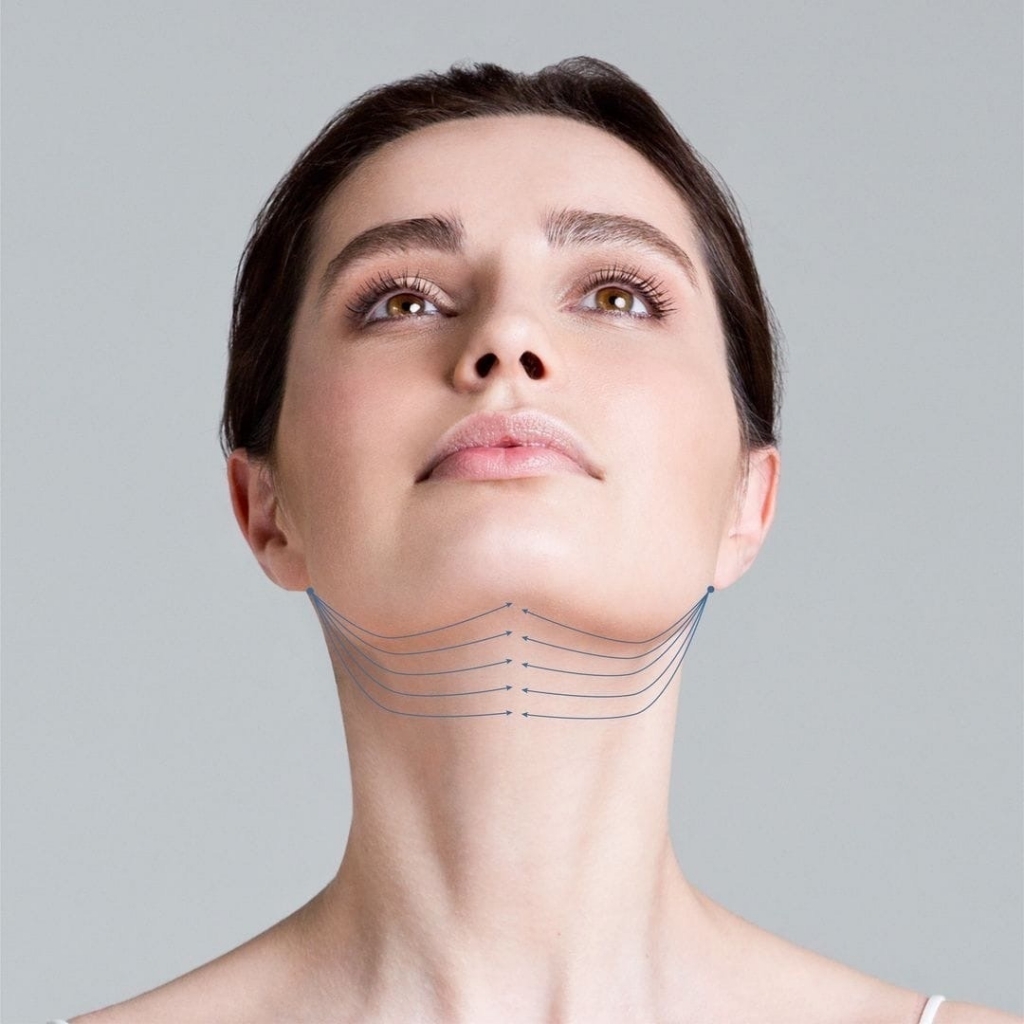
A full facelift addresses the whole face, including the forehead, mid-face, lower face, and neck. It aims for comprehensive rejuvenation; therefore, a neck lift is almost always included in a full facelift. The exact procedures and combinations to perform can vary depending on the patient’s skin, desires, and needs. However, generally speaking, while a lower facelift offers some improvement on the upper neck and can be combined with a full neck lift, a full facelift almost always includes a full neck lift.
How can you find a reliable full facelift surgeon? It is essential to check the surgeon’s background, before and after facelift photos, and the actual patient’s reviews. In addition to finding the right surgeon, affordability is another challenge for the operation. This transformative surgery is, unfortunately, not very affordable in general. In the UK the cost can go up to 25.000 Euro, while in the USA it is around 40.000 Euro. However, the facelift in Turkey is around 3.7000 Euro to 5.4000 Euro, even when other expenses such as accommodation and transfers are included. The country also offers highly experienced surgeons with high-quality hospitals. The affordability comes from high exchange rate differences between currencies and lower operating costs.
However, selecting a reliable and internationally accredited medical tourism company is essential when deciding to have the surgery in another country, as it ensures you get high-quality care and convenience, as they handle everything from arranging top surgeons and hospitals to booking your accommodation and transportation. This approach also provides language support and customized care, making the entire process safer and stress-free. As MCAN Health, we also offer nurse visits to your hotel room after your operation. We also have a specialized follow-up team of nurses who monitor and guide you through your recovery process for an entire year after you return to your country. Please do not hesitate to contact our medical experts for any questions regarding full facelift vs lower facelift!
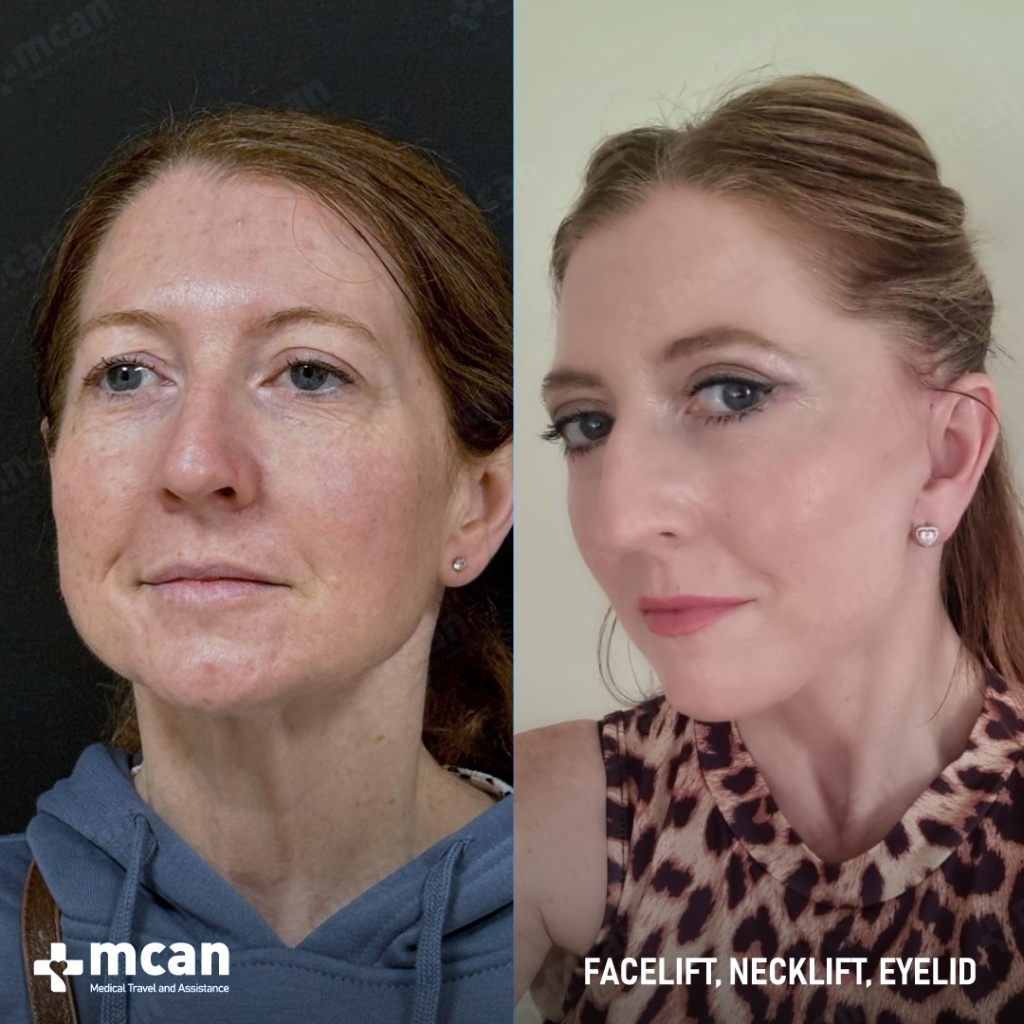
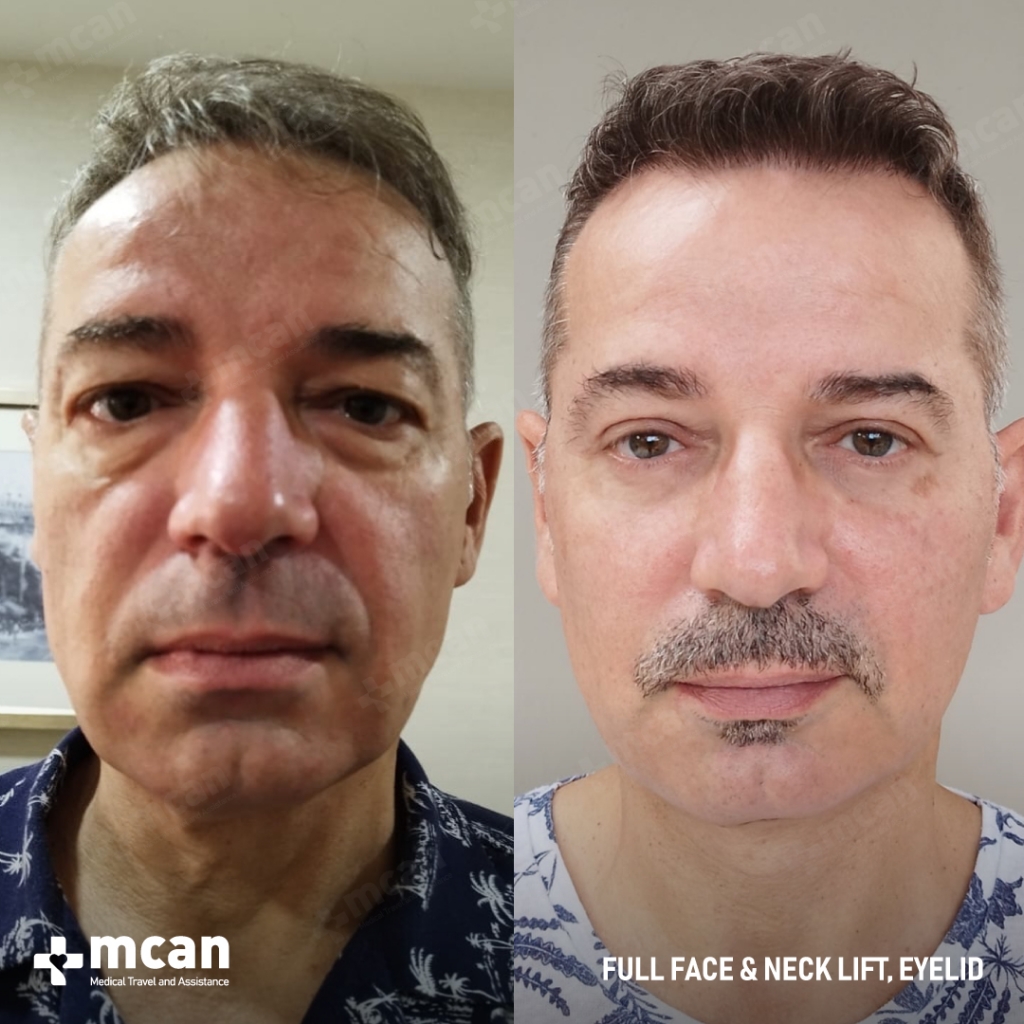

 What Exactly is a Deep Plane Facelift Method? Do You Need It?
What Exactly is a Deep Plane Facelift Method? Do You Need It?  What Is the Ideal Breast Size? The Dream Boobs Can Be Your Real Boobs
What Is the Ideal Breast Size? The Dream Boobs Can Be Your Real Boobs  How to Stop Receding Hairline: Causes & Treatment
How to Stop Receding Hairline: Causes & Treatment